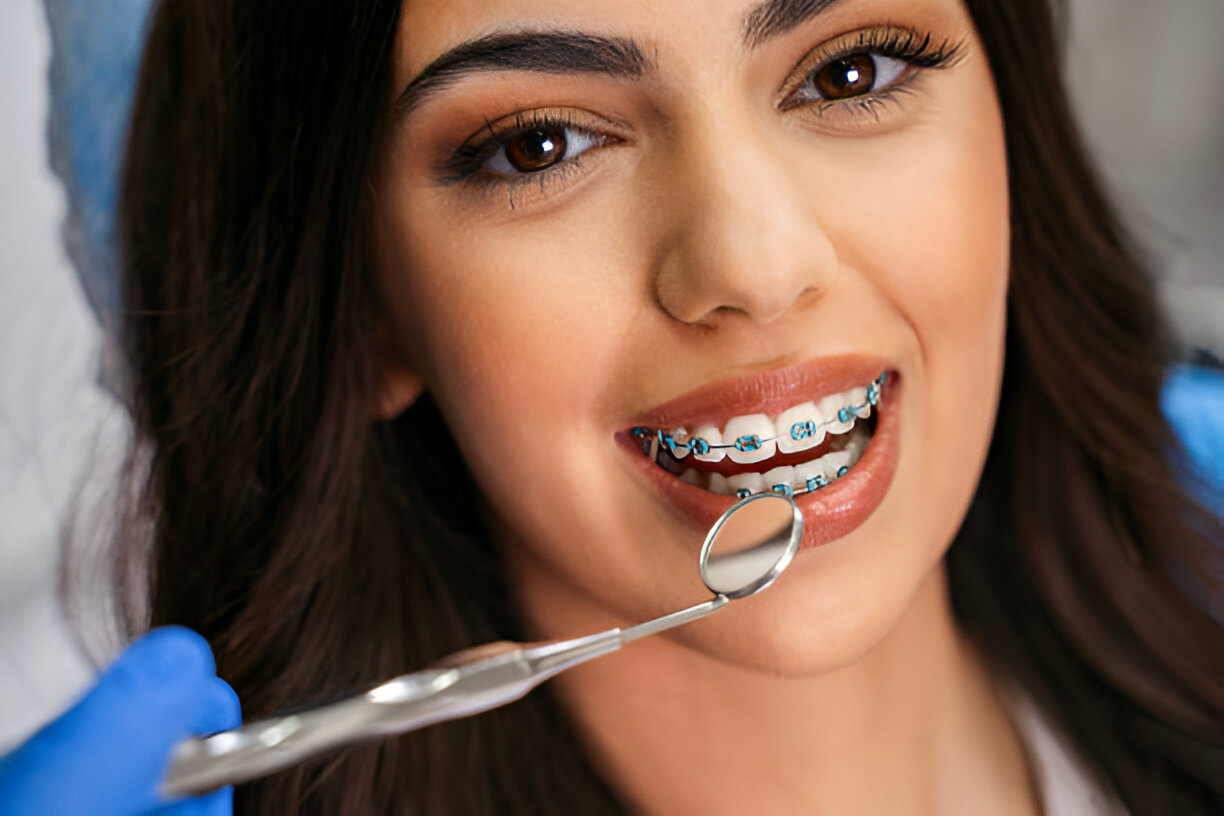When it comes to straightening out your teeth, braces remain one of the reliable and effective options, especially to challenging dental skewing. Nonetheless, aesthetics and the consideration of comfort weigh heavily in decision-making process. This is where metal and ceramic braces are incorporated. Although they approach the same objective of alignment and bite adjustment, their materials, visibility, expense, and upkeep set them apart. Knowing these variances will guide you in selecting the perfect match for your goals for smiles and way of life.
One great option for professional advice in Yulee, FL is Onshore Orthodontics. The staff of this local orthodontist is caring and dedicated to individual treatment plans and the facility has all modern amenities. Known to combine business expertise and personable, hometown service, their goal is to have your orthodontic experience be a winning one.
What are the Metal Braces?
Metal braces are what most people consider when they avail orthodontic treatment. The arch-wire that gently and gradually moves teeth into proper position is connected to stainless steel brackets fixed to the front of each tooth with the help of stainless-steel wires.
Benefits
- Strength & Reliability: From little gaps to complicated malocclusions, metal braces can address practically every tooth alignment problem.
- Cost-effective: Usually, the least expensive treatment is metal braces.
- Durable: These braces are strong and forgiving; they withstand chewing forces and unintentional harm better than other kinds.
Considerations
- Looks: Their metallic shine is not hard to spot, and this may be a worry to teens or adults who are not comfortable with a showy bling brace face.
- Uncomfortable: Metal can be painful on lips and cheeks and readjusting periodically may be unpleasant until you are accustomed to it.
- Oral hygiene: It becomes even harder to brush and floss due to the wires and brackets.
What are Ceramic Braces?

Ceramic braces are slightly different to metal braces. However, they operate in the same way but utilize brackets that are made of tooth or translucent ceramic to better match your natural teeth and are therefore less noticeable.
Benefits
- Less Obvious: These braces have an aesthetic appeal that particularly appeals to image-conscious teenagers or experts.
- Effective: These can fix virtually any dental problem with regular observation just like metal braces.
Considerations
- Vulnerable: Ceramic braces are more prone to crack or break.
- Cost: It is normally more expensive than metal braces due to material and cosmetic value.
- Maintenance: Ceramic one can stain easily when subjected to harsh colored drinks like curry or wine, coffee etc.
Treatment Time and Effectiveness
In correcting crooked teeth, metal and ceramic braces both produce remarkable results. Typically ranging from 18 to 30 months, treatment length varies according to individual needs.
- Being stronger, metal braces may let orthodontists exert more pressure, therefore reducing total treatment duration.
- Ceramic braces may need sporadic strategic changes for more complicated situations because their gentler force application usually causes treatment time similar to metal ones.
Visual Appeal: Discreet vs Traditional
- Metal braces are undeniably clear. Some feel self-conscious, while others love their appearance with bright bands.
- From a distance, ceramic braces with tooth-matching brackets and clear or white wires are almost undetectable, making them a great option for those who give invisibility first importance.
Comfort and Oral Care
- Metal braces may cause initial pain as your mouth tries to adjust to the changes. Frequently tightening wires can cause pain for a couple of days.
- Ceramic braces are somewhat less rough against lips and cheekbones, so there is less initial irritation.
Achieving a confident, straight smile has never been more inexpensive or customized to match your lifestyle thanks to modern possibilities.


Comments are closed.